Description
The Seminole Pumpkin (Cucurbita Moschata) is an heirloom seed variety that has been passed down for thousands of years. It was cultivated by the Seminole, Creek, Calusa, and Miccosukee Tribes of the Southeast. Known for its exceptional taste, vibrant orange flesh, and remarkable resistance to pests and diseases, the Seminole Pumpkin is an all-but-forgotten gem of our state’s rich agricultural heritage.
The flesh of the Seminole Pumpkin glows a vibrant orange. Solid and sweet, it’s very similar to a butternut or acorn squash. The Seminole Pumpkin is one of the most versatile food crops for the Georgia Garden. Easily make soups, bisques, pies, casseroles, or eat it baked and seasoned as a side dish.
History: Originally cultivated by the Native American Tribes of the Southeast (particularly in Florida), the Seminole Pumpkin still holds a special place in their traditional cuisines. Its popularity grew beyond its native origins and quickly became a favorite of European Settlers.
How to Grow: Growing Seminole Pumpkins in your Georgia Garden is easy as pie. Here are some tips to ensure a successful harvest:
- Seeding: Begin by planting Seminole Pumpkin seeds in well-drained, nutrient-rich soil. Aim for a location that receives plenty of sunlight throughout the day.
- Spacing: Provide plenty of space for the vines to grow. Seminole Pumpkins grow on a vine, not a bush, so keep this in mind. Vines can grow onto a trellis. Plant the seeds in mounds or hills, with each hill about 6 feet apart to give the vines enough room to grow and sprawl. Seminole Pumpkin vines can grow as long as 50 feet!
- Watering: While Seminole Pumpkins are relatively drought-tolerant, consistent watering during dry spells will promote healthier growth and larger fruits. Regular watering is especially critical when fruit begins to set.
- Fertilization: Incorporate organic compost or well-balanced fertilizer into the soil before planting. A light application of fertilizer during the growing season can further boost their growth. We highly recommend mixing Egg Shell Powder into the soil!
- Pest Control: One of the remarkable features of Seminole Pumpkins is their natural resistance to many pests and diseases. They’re native to the Hot and Humid Southeast, so they’re less susceptible to many of the fungal diseases (For Example: Powdery Mildew) that afflicts other vining fruits. Keep a close eye on your garden and practice good gardening habits.
Best Time of Year to Start from Seed: For a successful Seminole Pumpkin harvest in Georgia, it’s best to start planting the seeds in late spring or early summer, after the last frost has passed. This will give your Seminole Pumpkins enough warm days to mature before the cooler temperatures of fall set in.
Harvest Time: Patience is key with Seminole Pumpkins as they can take 90 to 110 days to mature from the time of planting. Expect to harvest your Seminole Pumpkins between Late Summer and Early Fall. Pumpkins are green while they are still growing, then once full-size, they will start turning a deep tan color as they ripen. Harvest Pumpkins when tan speckles begin appearing on the hard green rind or when it has fully turned tan. Once harvested, they can be stored in a cool, dry place for several months.
Seed Pack contains 20+ Seeds.
Sun Exposure: Full Sun
Frost Tolerant?: No
Heirloom?: Yes
Days Until Harvest/Maturity: 90-110
Planting Depth: 1/2” to 1/4″
Distance Between Rows: 6 Feet
Distance Between Plants: 6 feet
Recommended Planting Dates:
Do not feel restricted to planting exclusively within the following date ranges. These dates are only a recommendation for best results based upon our experience, research, & best practices.
North Georgia: April 10 THROUGH September 30.
- Suggested Planting Window (Starting Seeds & Transplants): April 10 through June 30
Central Georgia: April 1 THROUGH October 10.
- Suggested Planting Window (Starting Seeds & Transplants): April 1 through June 30
South Georgia: April 1 THROUGH October 31.
- Suggested Planting Window (Starting Seeds & Transplants): April 1 through July 15
Coastal Georgia: March 15 THROUGH November 10.
- Suggested Planting Window (Starting Seeds & Transplants): March 15 through July 15
What’s my Georgia Growing Region? Click Here.

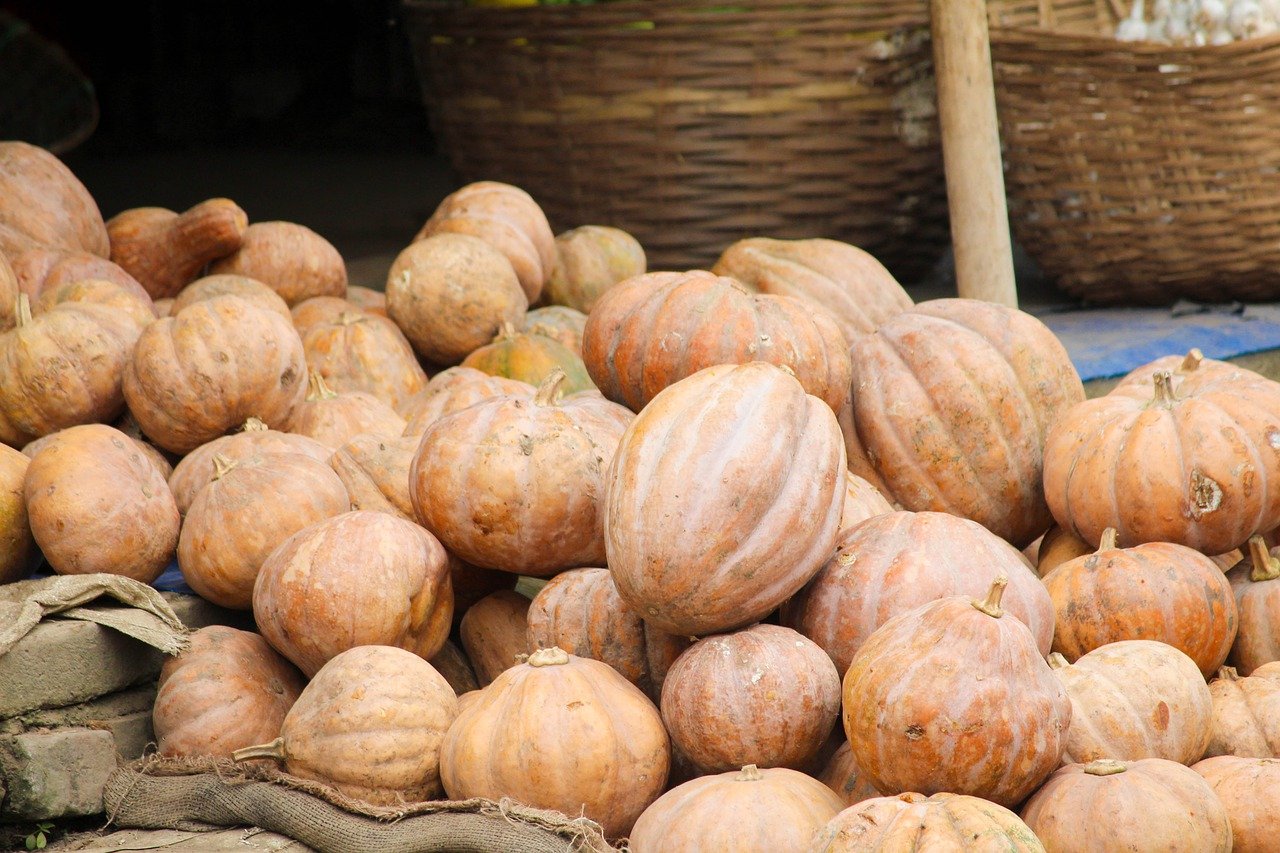
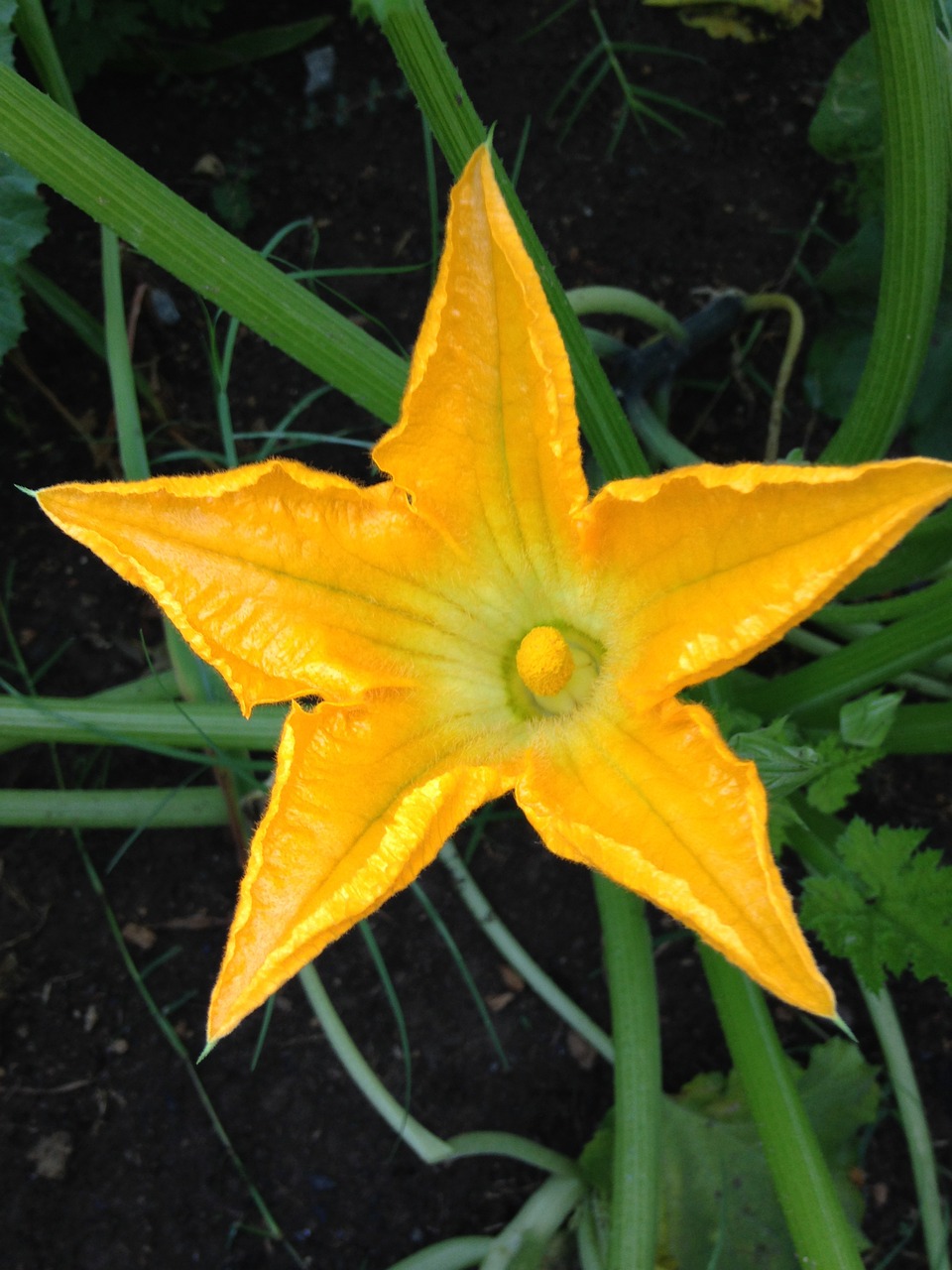
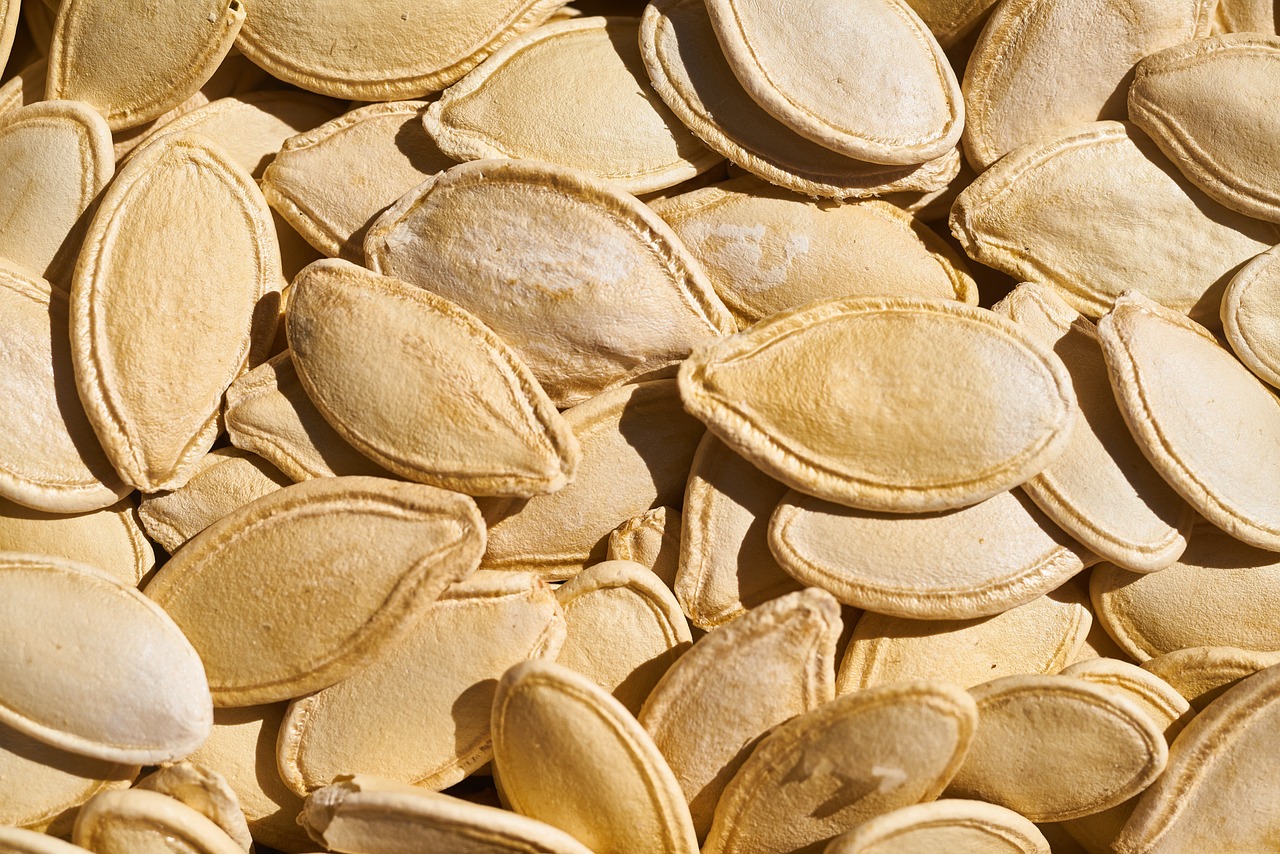
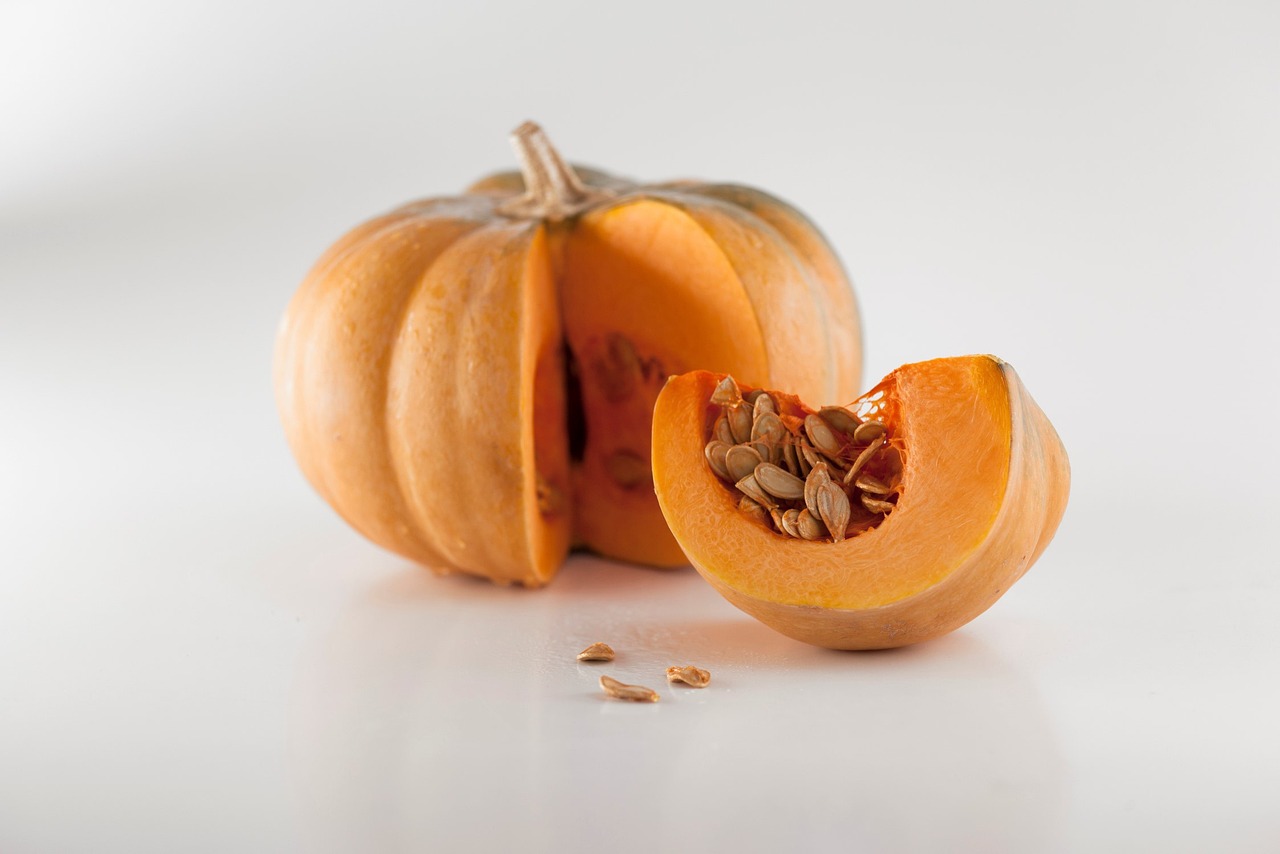
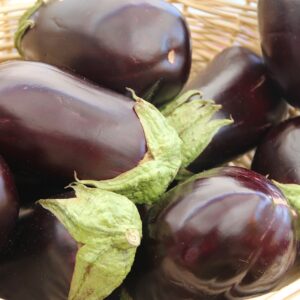
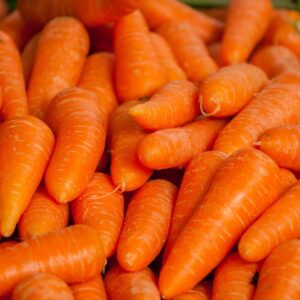

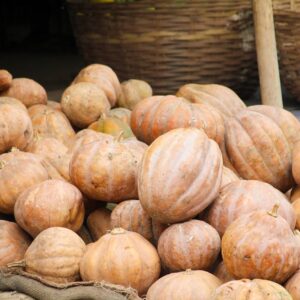
Reviews
There are no reviews yet.